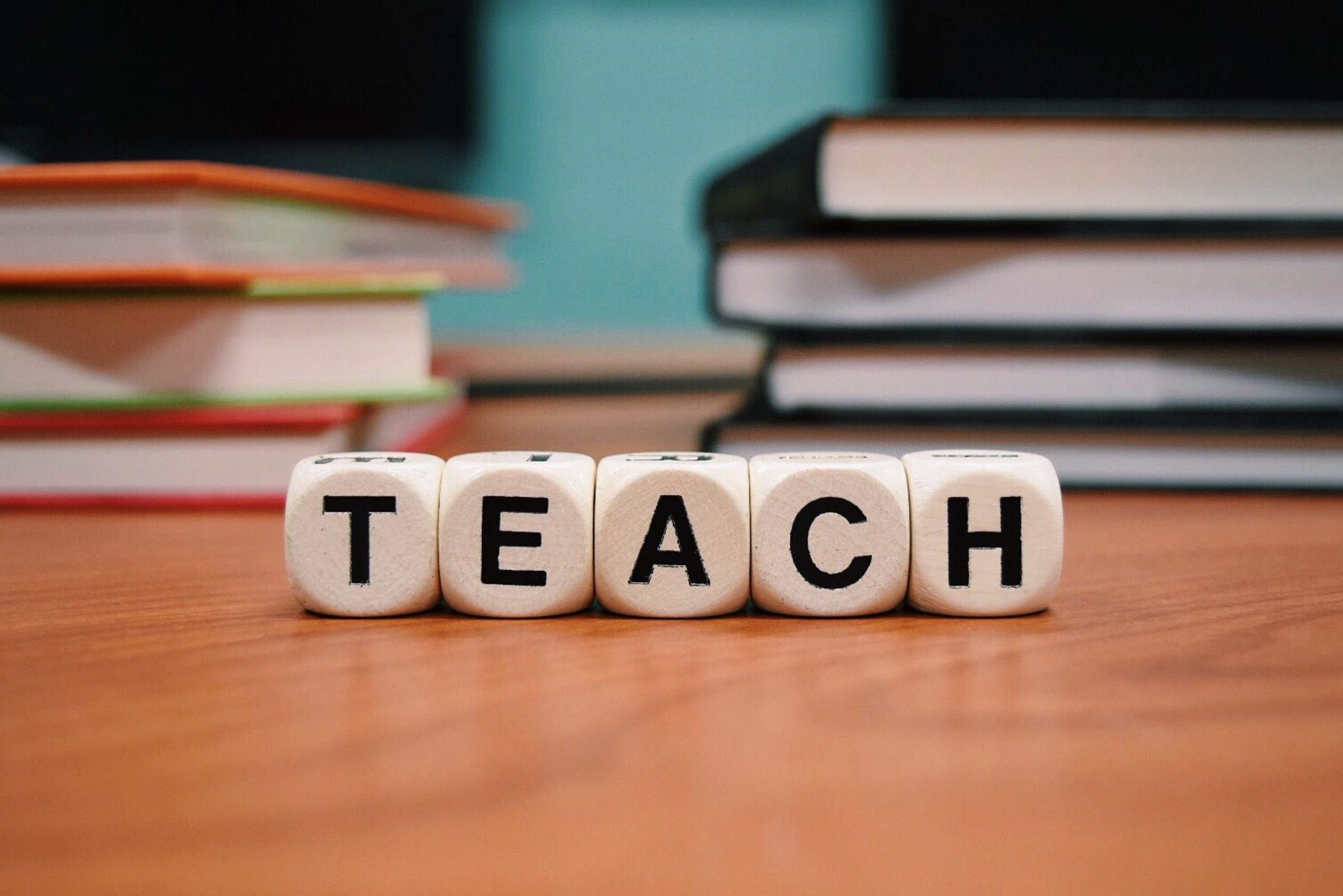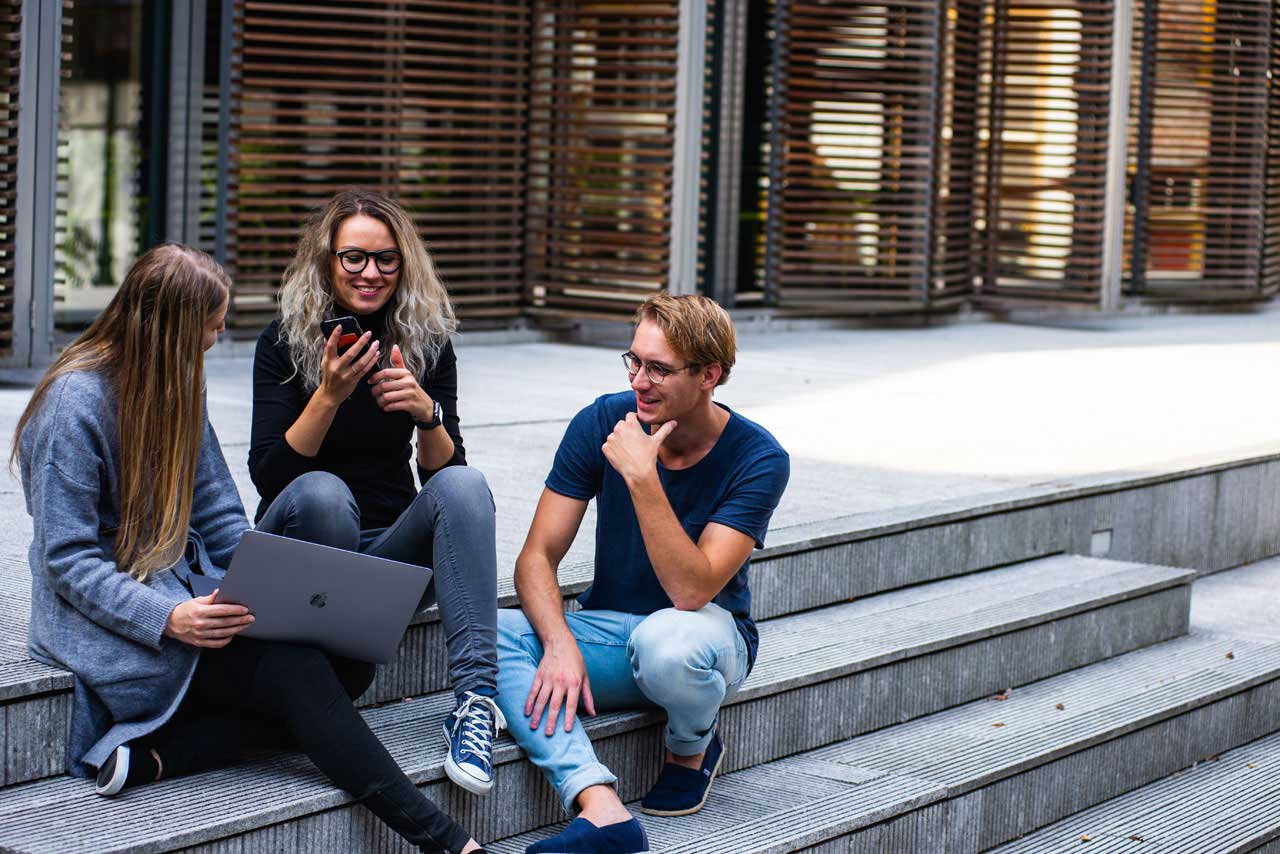The roles of teachers and students are thought to be largely distinct. One has knowledge and is hoping to transfer it to the other. In this view learning is a one-way street, always from teacher to student, never the reverse.
A growing body of research suggests this is view is inaccurate. The more appropriate way to conceive of learning is a two-way street—when you teach, you learn.
By shifting your perspective to a learning-by-teaching mindset, you can give your new knowledge a well-earned boost.
When Students Become Teachers and Vice Versa
The notion of learning by teaching is not new. The Latin phrase ‘docendo discimus,’ often attributed to the Roman Stoic philosopher Seneca the Younger in his Letters to Lucilius, roughly translates to “by teaching we are learning.”
In the 1980s Jean-Pol Martin developed his method of learning by teaching in German classrooms to help students learn French. While it was initially resisted for seeming to lack discipline and rote learning, it proved rather effective and has since inspired many others.
It’s also fairly common for students to teach those in lower grades. This ‘cascading mentorship’ has often been used to make up for a lack of teachers, yet a similar dynamic can be seen outside of school when older siblings help their younger sisters and brothers.
Dubbed the “protégé effect,” the students and older siblings tend to outperform those who don’t teach others, suggesting the act of teaching is not only benefitting their students.
A 1982 meta-analysis of 65 independent studies on the effectiveness of tutoring, not only did they find an academic benefit for those being tutored, but the tutors themselves gained a better understanding and developed more positive attitudes towards the material.
Since then we’ve collected a rather large body of evidence that further confirms the fact that learning by teaching is effective.
Where Do the Benefits Come From?
When you teach, the material is more firmly entrenched in your memory. This much seems clear. But a large remaining question is why? What underlying mechanisms allow for this benefit?
An obvious consideration is that when you expect to teach material the added pressure motivates you to better prepare and organise the material. While this surely provides part of the answer, it isn’t the whole answer.
A 2013 study found that those who expect to teach but don’t, are outperformed by those who expect to teach and do. The learning by teaching effect goes beyond the preparation.
In 2018, a group of researchers led by Aloysius Wei Lun Koh hypothesised that the benefits are another form of the testing effect—by retrieving information from our mind, as opposed to passively restudying it, we remember it far more effectively.
To test the theory, they had 124 participants study the Doppler effect, then separate into 4 groups:
One group taught what they learned without notes (retrieval); another taught with notes; one group practised retrieval without teaching; while the control group solved arithmetic problems without teaching or retrieval practice.
In a test one week later, both the teaching-without-notes group and the retrieval practice group outperformed the others. The findings support the theory that learning by teaching occurs at least in part through the act of retrieval.
Beyond Preparation and Retrieval
While the testing effect certainly seems to offer some explanation, it also doesn’t provide the full answer. One limitation to Koh’s study was that the students had no audience, they recorded video lectures.
Video lectures don’t accurately map onto a classroom situation—teaching generally involves feedback from your audience. Students form questions and a good teacher is willing to listen to and answer them—or acknowledge that they don’t know.
Questions offer feedback and point out difficulties with the material that the teacher might not have been aware of. This type of feedback is even more significant when the teacher has only recently become familiar with the material themselves.
If you’re teaching about the Doppler effect when you only learned about it last week, other people are likely to have questions you didn’t consider.
Feedback is an essential quality for the two-way dynamic of learning by teaching. While there are significant benefits to preparing to teach and the act of retrieval inherent in teaching, feedback is the secret sauce that makes you aware of previously unseen areas ripe for further elaboration and development.
How to Be a Teacher-Student
What can you do to enact the learning by teaching method in everyday life? Many of the studies and historical accounts occur in school systems, but for those life-long learners who absorb knowledge from books, podcasts, online courses and such, what effective means do you have to teach?
The simplest option is to tell someone you know—your partner, a friend, colleague or family member. Strike up a conversation and try to discuss what you’ve learned. If they’re interested, they’ll respond with questions and other ideas they might think are related.
Another option is to create digital content and share it online. Write an article, record a video or audio presentation, or design an infographic. While the quality and quantity of feedback can be sporadic, there are a lot of people online who could point you in other fruitful directions.
If you really want to get into the teaching spirit, you could give a live presentation. Whether you organise a local meet-up or schedule an online event, the presence of an unfamiliar live audience is sure to motivate you towards maximum preparedness.
The Teacher’s Trifecta
The learning by teaching effect is the result of 3 primary forces: preparation, retrieval, and feedback. This triad goes far beyond the results of passive study—it forces you to question your understanding, organise your thoughts, recall from memory, and face the unknown gaps in your knowledge that only others can spot.
But there is one final benefit that goes back to the more traditional model of the teacher-student relationship: you are teaching others.
Learning by teaching is good for both you and the people you teach. It is a dynamic, two-way knowledge-expansion across minds.




